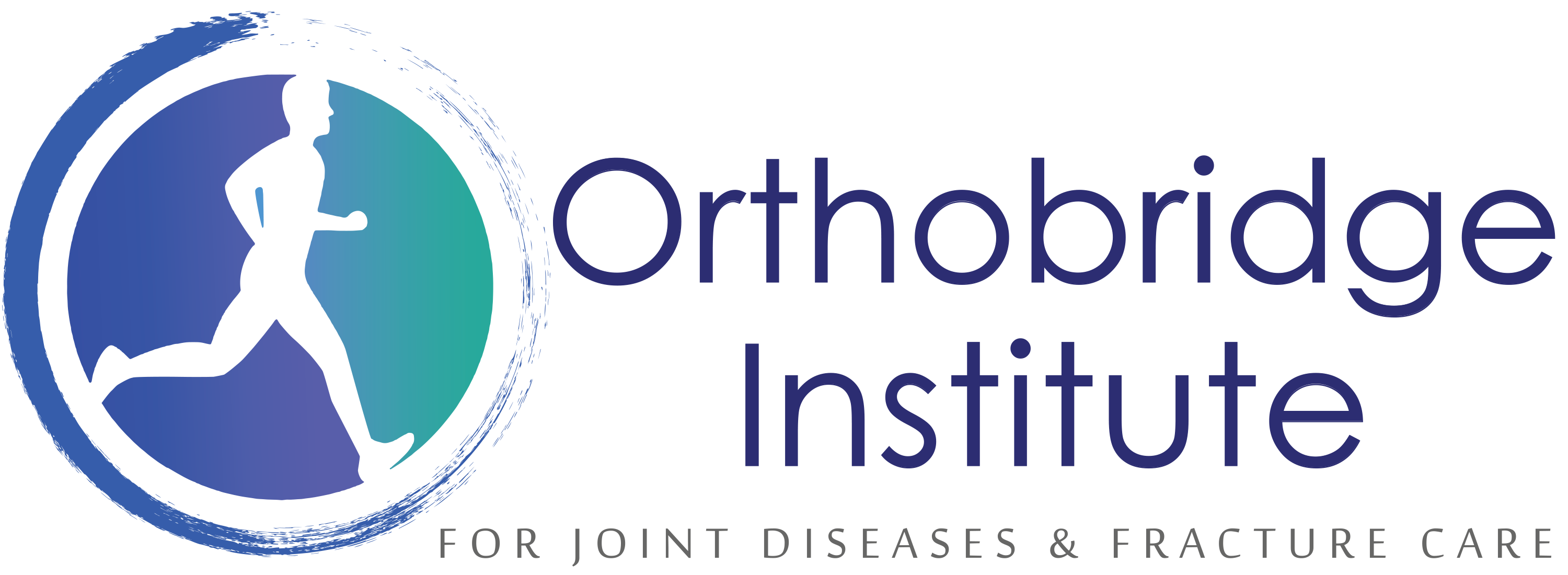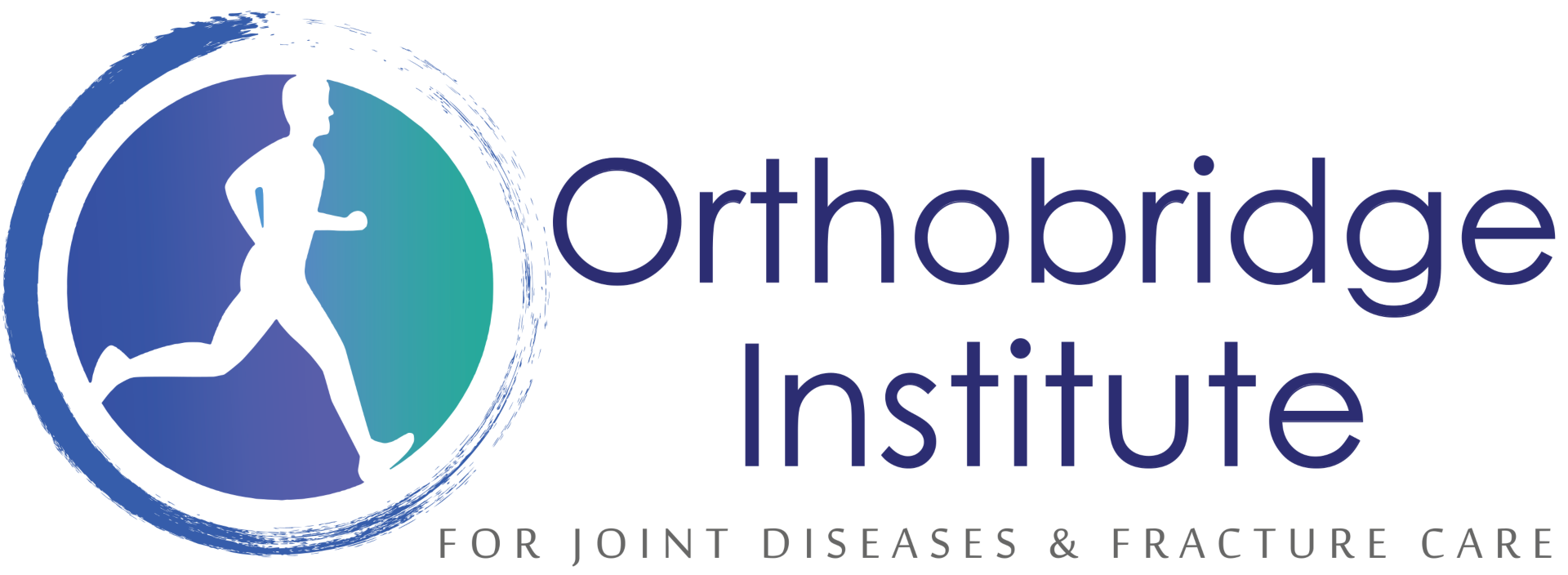Slipped Capital Femoral Epiphysis
Learn more about some common hip fracture here we treat at Orthobridge Orthopedic Centre.
Slipped Capital Femoral Epiphysis
Slipped capital femoral epiphysis (SCFE) is a hip condition that occurs in teens and pre-teens who are still growing. For reasons that are not well understood, the ball at the head of the femur (thighbone) slips off the neck of the bone in a backward direction. This causes pain, stiffness, and instability in the affected hip. The condition usually develops gradually over time.
Treatment for SCFE involves surgery to stop the head of the femur from slipping any further. To achieve the best outcome, it is important to be diagnosed as quickly as possible. Without early detection and proper treatment, SCFE can lead to potentially serious complications, including rapid degeneration of the femoral head and/or painful arthritis in the hip joint.

What are the symptoms of slipped capital femoral epiphysis?
>>> pain in the hip that’s aggravated by activity and that may subside with rest
>>> pain in the groin, thigh, or knee in addition to — or instead of — hip pain
>>> walking with a limp, trouble walking, or feeling like the leg is “giving way”
>>> walking with a leg turned outward (unilateral slip)
>>> walking with a waddle (bilateral slip)
>>> inability to sit with knees straight ahead (knees tend to turn outward)
What causes slipped capital femoral epiphysis?
In pre-adolescent and adolescent growth and development, a child is growing quickly as adult hormones begin to circulate in his or her system. The growth plate (the area at the end of bone responsible for growth, which is not as strong as bone) gets weaker because it’s broadening. These phenomena, combined with certain anatomical factors, such as the shapes of the femur and the socket, can lead to slippage.
Slipped capital femoral epiphysis (SCFE) is a rare condition that is slightly more likely to occur in boys than girls. SCFE occurs in about one per 1,000 to one per 10,000 children and teens; children ages 12 to 14 years are most at risk. SCFE is more prevalent in the northeast region of the U.S. than in the southwest and is more prevalent among African-Americans.
Risk factors that increase the likelihood of SCFE include:
Is it serious?
As a parent, it can be very worrying if your child is diagnosed with irritable hip and is struggling to walk. However, the condition is usually short-lived.
Most cases don’t require specific treatment, because the pain usually passes within two weeks.
A small number of children with irritable hip go on to have further episodes. However, these episodes usually become less frequent and eventually stop when the child is older.
- obesity
- hormonal abnormalities (thyroid, etc.)
- genetic predisposition (runs in families)
- medications, such as steroids
- radiation treatment
- chemotherapy
- bone problems related to kidney disease
SCFE is usually an emergency and must be diagnosed and treated early. In 20 to 40 percent of affected children, SCFE will be present in both hips at the time the child is diagnosed. If only one hip is affected, the other hip will eventually slip 30 to 60 percent of the time. Treatment is surgica
How is slipped capital femoral epiphysis diagnosed?
SCFE is diagnosed through physical exam including rotation of the affected leg, observation while walking and X-rays. A MRI may be ordered if the diagnosis is not able to be made with X-rays and your healthcare provider still suspects your child has SCFE. Your provider may also order blood work to check for other medical conditions.
Treatment
The goal of treatment is to prevent the mildly displaced femoral head from slipping any further. This is always accomplished through surgery.
Early diagnosis of SCFE provides the best chance of stabilizing the hip and avoiding complications. When treated early and appropriately, long-term hip function can be expected to be very good.
Once SCFE is confirmed, your child will not be allowed to put weight on their hip and will probably be admitted to the hospital. In most cases, surgery is performed within 24 to 48 hours.


